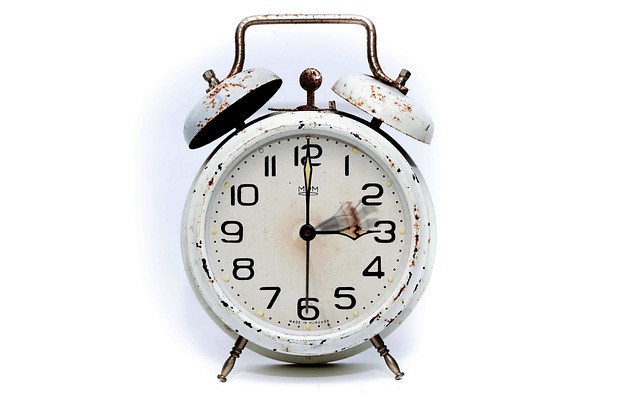In the world of sculpture, the creative journey is a series of interwoven choices, each one shaping the final form in subtle and profound ways. A sculptor starts with a blank block, a raw strand of clay, or an imagined idea, and the first, often invisible, decision is whether to let instinct guide the process or to impose a structured plan. These decisions ripple outward, affecting material, technique, composition, and ultimately the emotional impact of the piece. Understanding how art and design converge around decision-making can illuminate the hidden architecture of a sculptor’s mind and reveal the disciplined freedom that defines great work.
The Nature of the Sculptural Decision
Every sculptural act begins with an idea, but the transformation from thought to form requires countless micro-decisions. At the moment a sculptor chooses to carve, mold, or weld, they set the stage for a chain of events that will determine texture, weight, and balance. This decision is not a simple binary choice; rather, it is a dynamic negotiation between vision and practicality. The sculptor must weigh the expressive potential of a rough, gestural surface against the precision of smooth, polished finish. Each decision reflects an internal dialogue about purpose, audience, and the narrative that the work is intended to convey.
Material Selection: The First Concrete Decision
Material is the foundation upon which all other decisions rest. Choosing bronze, marble, clay, or found objects carries with it a set of inherent possibilities and limitations. For instance, a sculptor might decide that the solidity of marble will best communicate the permanence of a historical theme, while the fluidity of wax could serve an abstract, fleeting concept. This initial decision influences subsequent steps: the tools required, the environmental conditions for curing, and the long-term conservation strategy. When a sculptor declares a commitment to a particular medium, they are setting a boundary that will sharpen focus while simultaneously limiting exploration.
Form and Proportion: A Delicate Balance
Once the material is chosen, the sculptor faces the critical decision of how to translate two-dimensional ideas into three-dimensional space. This involves evaluating proportions, silhouette, and the interaction of light with surfaces. A decision to exaggerate certain features can create drama, while a subtle adjustment can evoke intimacy. Sculptors often rely on reference models or sketch work to visualize the final outcome, but the final decision to commit to a particular form requires trust in their own perception and an understanding of how the piece will occupy space. This balance between the imagined and the tangible is where design principles meet artistic intuition.
Spatial Context: Where the Sculpture Lives
The placement of a sculpture—whether in a museum corridor, a public square, or a private garden—imposes another layer of decision-making. The sculptor must decide how the piece will interact with its surroundings, taking into account scale, lighting, and the movement of viewers. A decision to place a tall, narrow figure on a wide plaza can create an illusion of towering presence, whereas a compact work in an intimate setting invites closer scrutiny. Understanding spatial context encourages the sculptor to make design choices that enhance both the artwork and its environment, turning a solitary decision into a dialogue between art and space.
Iteration and Revision: The Feedback Loop
In sculpture, decisions rarely are final on the first attempt. Instead, the process often involves iterative cycles of building, evaluating, and refining. A sculptor may decide to add a small detail to a surface after observing how light catches it, or they might choose to rework a joint that feels structurally weak. Each iteration is guided by feedback from the piece itself and, at times, from trusted colleagues. This decision loop not only improves the physical quality of the sculpture but also deepens the artist’s relationship with the work, transforming the act of creation into a living conversation between intention and execution.
Collaboration: Shared Decisions in Artistic Practice
Many large-scale sculptures involve teams of artisans, engineers, and technicians. The decision-making process expands to include these collaborators, each bringing their own expertise and perspective. A sculptor might decide to outsource the casting of a bronze piece to a foundry, trusting their expertise with metallurgy, while still maintaining creative control over the patina and surface treatment. This shared decision-making requires clear communication, mutual respect, and an understanding that each participant’s contribution is vital to realizing the vision. The final artwork, therefore, becomes a testament to collective decision, rather than a solitary triumph.
Emotional Resonance: Deciding on Narrative
Beyond technical considerations, the sculptor must decide how the piece will resonate emotionally with its audience. This involves choosing themes, gestures, and textures that evoke specific feelings. A decision to portray a vulnerable figure with softened edges can elicit empathy, whereas a hard, angular form might provoke discomfort. By consciously aligning the design elements with an intended emotional response, the sculptor transforms decision-making into storytelling. The narrative is not simply depicted; it is felt through the interplay of form, material, and context.
Environmental and Ethical Considerations: Sustainable Decisions
In contemporary practice, decisions around sustainability are increasingly integral to the sculptural process. A sculptor might choose reclaimed materials or low-impact pigments, thereby reducing environmental footprint. The decision to commission a piece that celebrates or preserves natural landscapes can carry social responsibility, influencing how communities interact with art. These ethical choices intersect with creative ones, reminding artists that every decision can extend beyond aesthetics to impact ecological and cultural landscapes.
Legacy and Longevity: Deciding for the Future
Artists often consider how their decisions will affect the sculpture’s longevity. Choices around protective coatings, mounting methods, and site selection influence the durability and preservation of the work. A decision to use a reversible mounting system can make future restoration easier, preserving the artist’s original intent. By making these forward-thinking decisions, sculptors ensure that their work continues to speak across generations, solidifying their legacy in both material and conceptual terms.
Conclusion: The Decision as Artistic DNA
In sculpting, decision-making is not a peripheral activity but the very DNA of the artistic process. Each choice—whether about material, form, context, or ethical stance—converges to define the sculpture’s identity. The act of deciding becomes a dialogue between the artist’s inner vision and the external world, a negotiation that balances freedom with structure. By consciously engaging with each decision, sculptors shape their work into powerful expressions that resonate physically, emotionally, and socially. The journey from a raw block to a finished masterpiece is, ultimately, a testament to the artist’s mastery over decision, a mastery that turns fleeting ideas into enduring monuments of human creativity.




